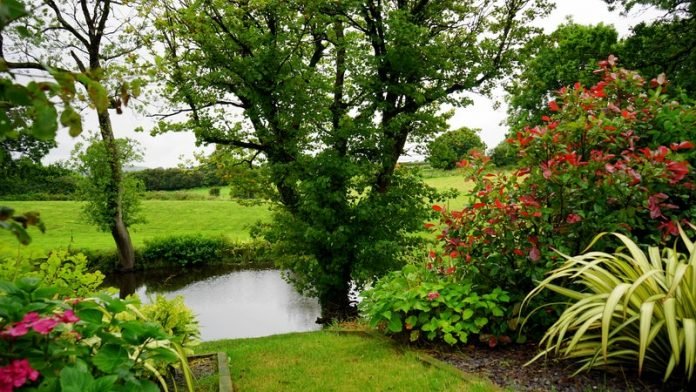
In a new study, researchers found that revegetation of green spaces within cities can improve soil microbiota diversity towards a more natural, biodiverse state, which has been linked to human health benefits
The research was led by the University of Adelaide.
In the study, the researchers compared the composition of a variety of urban green space vegetation types of varying levels of vegetation diversity, including lawns, vacant lots, parklands, revegetated woodlands, and remnant woodlands within the City of Playford Council area in South Australia.
The purpose of the research was to understand whether it is possible to restore the microbiome of urban green spaces, a process that is known as microbiome rewilding.
It is believed this process could expose us to more microbiota (organisms living within a specific environment) and provide a form of immune system training and regulation.
The research found that the revegetated and remnant woodlands examined comprised more native plant species than other green spaces such as lawns and vacant lots, and had a greater diversity of microbiota.
Furthermore, the soil microbiotas in revegetated urban green spaces were similar to those found in remnant woodlands and differed greatly from lawns and vacant lots, which had lower microbiota diversity.
The team says that exposure to biodiverse natural environments carries ecological benefits—green spaces with higher eco-system function give children better exposure to pick things up from the soil, for example, there are microbial compounds in soil that reduce stress and anxiety.
Greater biodiversity comes with the potential to reduce non-communicable disease rates through improved training of our immune systems to fight illness and disease.
Put simply, the more diversity in the microbiota that children are exposed to, the healthier they will grow up.
These findings of the study have implications for urban design, landscape architecture, and councils.
The lead author of the study is Ph.D. Candidate Jacob Mills from the University of Adelaide’s School of Biological Sciences and Environment Institute.
The study is published in the journal Restoration Ecology.
Copyright © 2020 Knowridge Science Report. All rights reserved.



